As a parent or educator, have you ever wondered how to equip your child with the essential life skills to navigate the complex world of finance? Let’s work together to break the financial Chakravyuha and empower our kids with the gift of financial literacy.

The Story of Abhimanyu
Just like Abhimanyu, who learned about the Chakravyuha while still in his mother’s womb, our children are constantly exposed to financial conversations at home. They hear us discussing financing, investments, and online payments, but do they truly understand the implications of these concepts?
The Dangers of Half Knowledge
The story of Abhimanyu serves as a cautionary tale. While he had the knowledge to break into the Chakravyuha, his incomplete understanding of how to exit it ultimately led to his demise. Similarly, “half knowledge” of financial concepts can be dangerous. Our children need comprehensive knowledge and understanding of financial literacy to make informed decisions (Financial IQ).
Why Introduce Financial Literacy Early?
Introducing financial literacy to kids at an early age is crucial. It empowers them with the skills and knowledge necessary to make smart financial decisions as they grow. By teaching financial literacy in schools, we can help our children break free from the “financial Chakravyuha” that can entrap them in debt, financial insecurity, and stress.
Some of the benefits of teaching financial literacy at a early stage in school curriculums are:
- Children develop habits early, and teaching financial literacy helps them build responsible money management habits from a young age.
- Understanding concepts like saving, budgeting, spending, and delayed gratification empowers students to make smarter financial decisions later in life.
- Students gain confidence in handling their own finances, which benefits their overall well-being.
Financial Literacy in NEP( National Education Policy) 2020
NEP 2020 highlights the importance of financial literacy in schools. It recommends integrating financial literacy into the school curriculum to empower students with essential financial skills.
Key Recommendations of NEP featured at MERU International School:
At Meru International School,one of the best CBSE schools with campuses in Miyapur & Tellapur in Hyderabad, Financial Literacy is included one of the modules of their specially curated MCLAP (Meru Career-readiness, Leadership, and Life Skills Academic Enrichment Program) curriculum, starting from grade 3 to 12 across the CBSE and Cambridge boards.
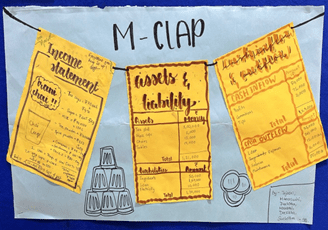
- Practical Skills: Focus on developing practical skills, such as budgeting, saving, financial statements and investing.
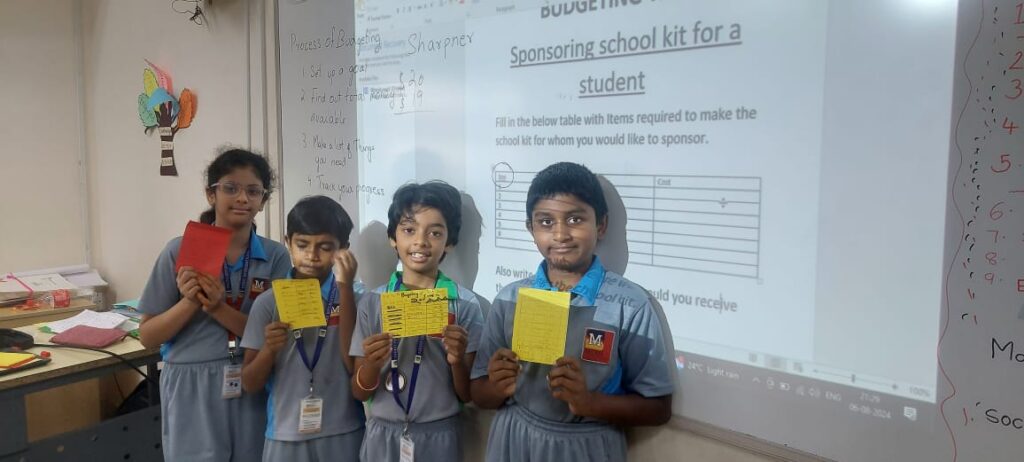
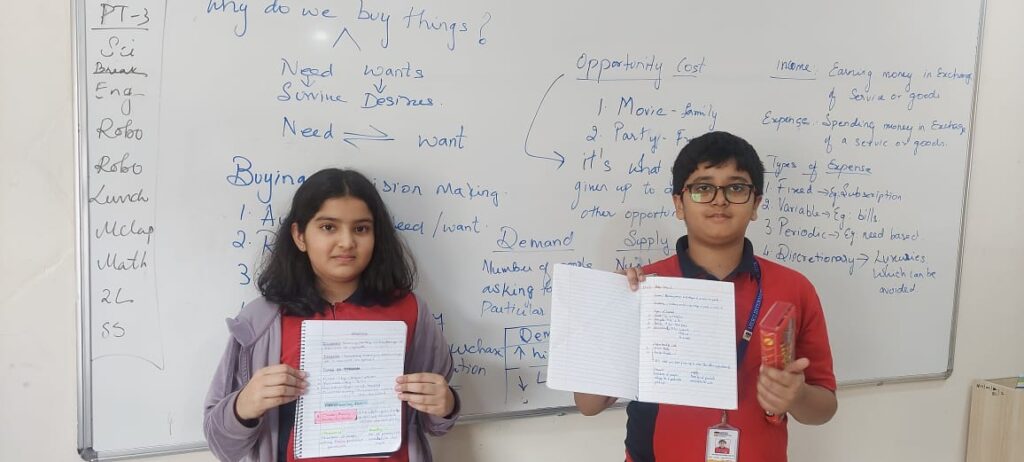
2. Real-World Applications: Use real-world examples and case studies to illustrate financial concepts.
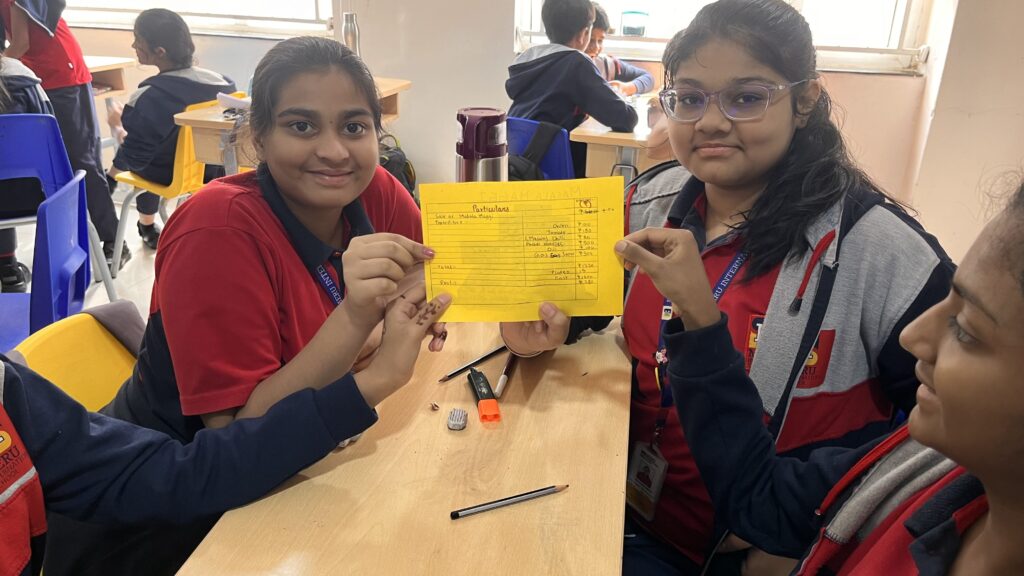
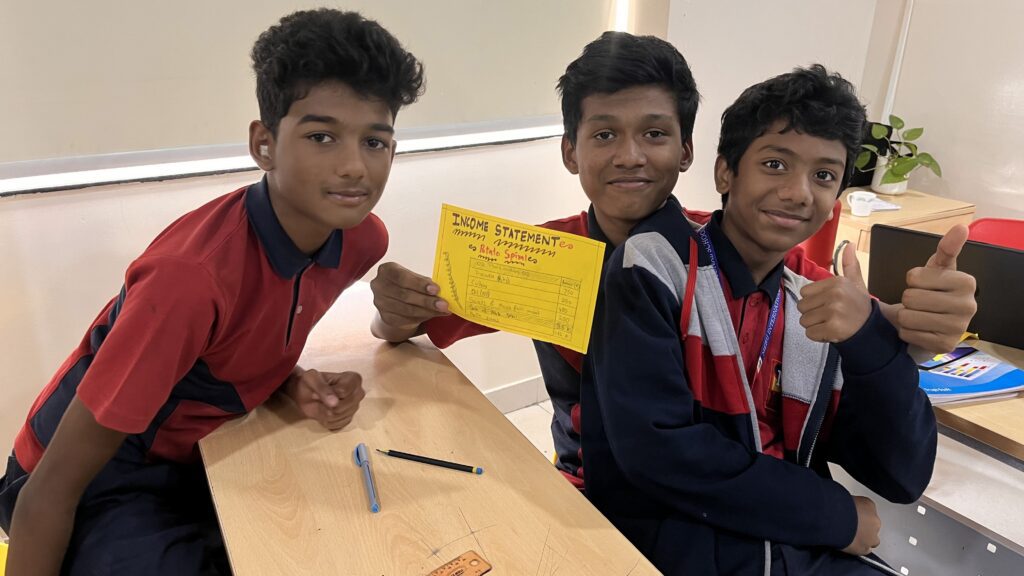
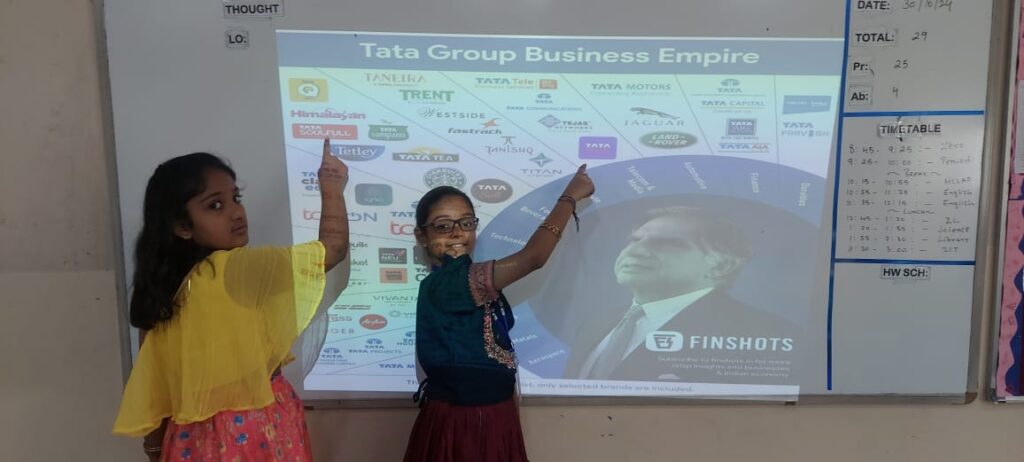
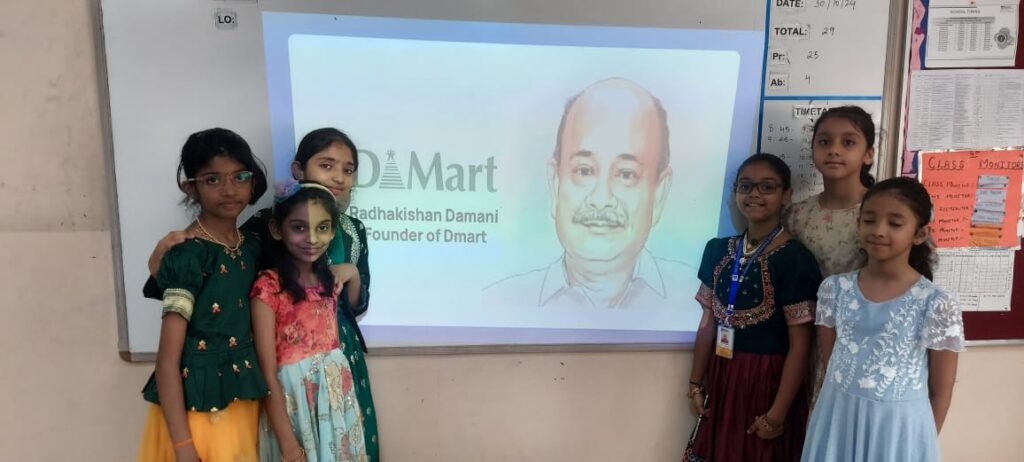
3. Awareness among students : Making students aware about the Indian Government Initiatives like Pradhan Mantri Jan Dhan Yojana (PMJDY), National Pension System (NPS), and programs by the National Centre for Financial Education (NCFE), which aim to improve financial inclusion and literacy across the country.
Financial Literacy in action at Meru International School : Unlock Entrepreneurial Skills with M-CLAP at Meru School
Share Your Thoughts
How do you think we can promote financial literacy among our children? What further steps could be taken to ensure they’re equipped with the essential life skills to succeed financially?



Your enthusiasm is infectious. It’s hard not to get excited about the topics you cover.